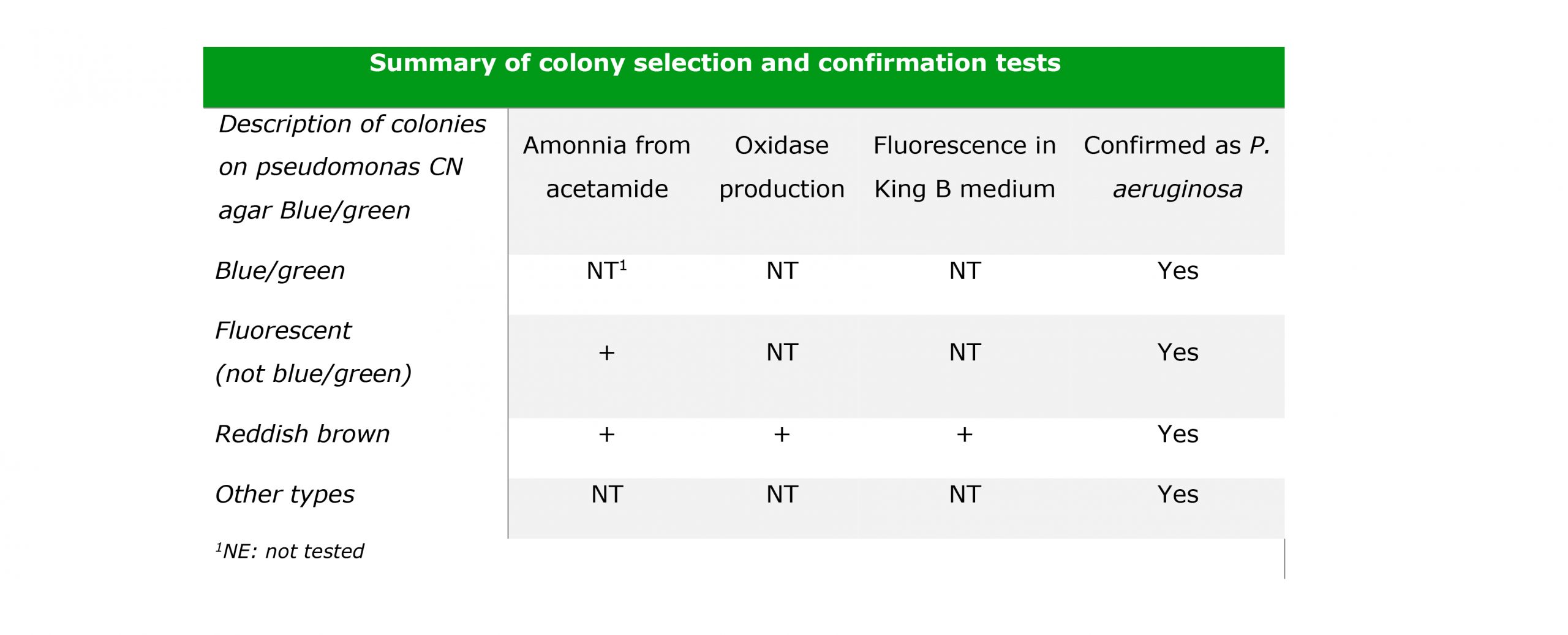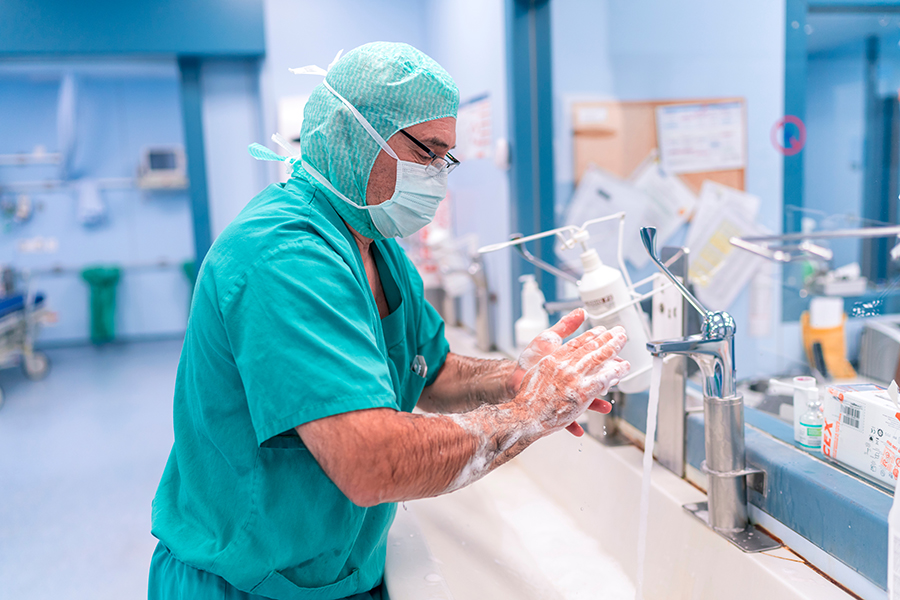This year commemorates the 30th anniversary of World Water Day, an annual event designed to raise awareness about the critical issues surrounding this invaluable resource. While the importance of water quality for human consumption is well-recognized, its significance within the healthcare setting often goes unnoticed.
A Perilous Nosocomial Pathogen
Though Pseudomonas is not typically the foremost concern when assessing the microbiological parameters of drinking water, it does find its way into the water systems of hospitals and healthcare facilities, particularly in intensive care units due to the potential risk it poses to immunocompromised individuals.
The danger associated with this opportunistic bacterium stems from its remarkable ability to persist and proliferate. It is a natural inhabitant of the environment, existing in lakes and rivers, with more than 120 species within its genus. Among them, P. aeruginosa takes the lead, primarily responsible for respiratory and urinary tract infections, as well as skin, eye, and ear infections.

It is crucial to note that certain P. aeruginosa strains have the capability to form biofilms, which exhibit not only high resistance to antimicrobial substances but also resilience against the immune system’s responses. Furthermore, P. aeruginosa showcases various mechanisms of antibiotic resistance, such as resistance genes, efflux pumps, and membrane impermeability. These factors make the infections it causes exceptionally perilous and challenging to treat.
Consequently, the presence of P. aeruginosa in hospital water samples is not an uncommon occurrence, and a connection has been established between contaminated water systems, housing this Gram-negative bacterium, and fatalities in intensive care units.
Analyzing P. aeruginosa in Water
Directive 2020/2184 and Royal Decree 3/2023 outline the specific control measures for P. aeruginosa in hospital and intensive care units, setting a reference value of less than 1 CFU/100 ml.

Growth of pseudomonas aeruginosa on the right side, fluorescing under UV light
The ISO 16266:2006 standardized method for detecting and enumerating P. aeruginosa employs a filtration technique that capitalizes on the bacterium’s ability to produce pigments, including pyocyanin (blue-green), pyoverdin (fluorescent yellowish green), and pyorubin (reddish brown).
The analysis commences with sample filtration, placing the filter on Pseudomonas CN Agar. Colonies are examined under UV light and categorized based on their color as pyocyanin-producing or non-producing. Subsequently, they are subcultured on a non-selective medium, such as King B Medium, for confirmation testing.

For further information regarding our products, please do not hesitate to contact us.



